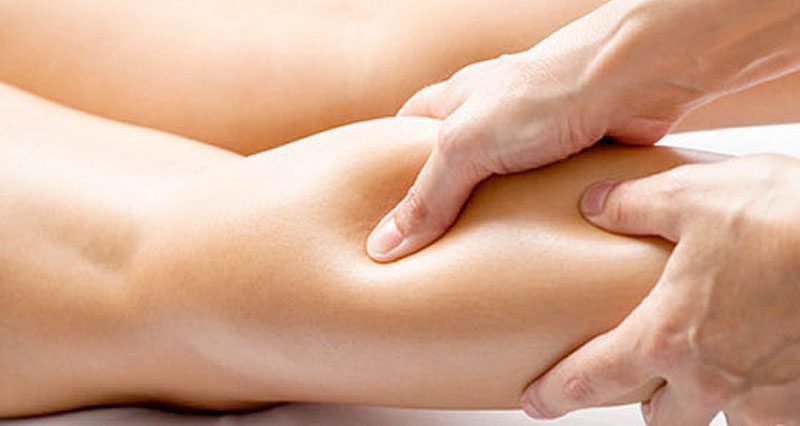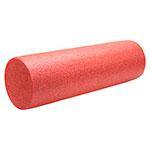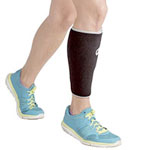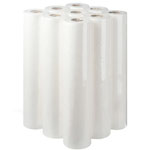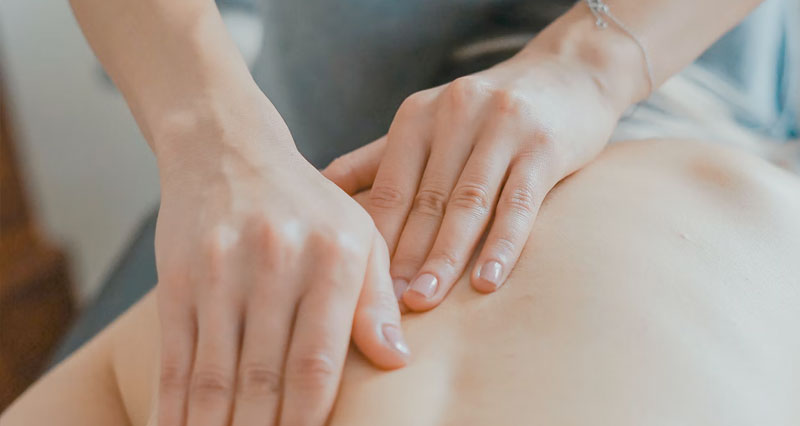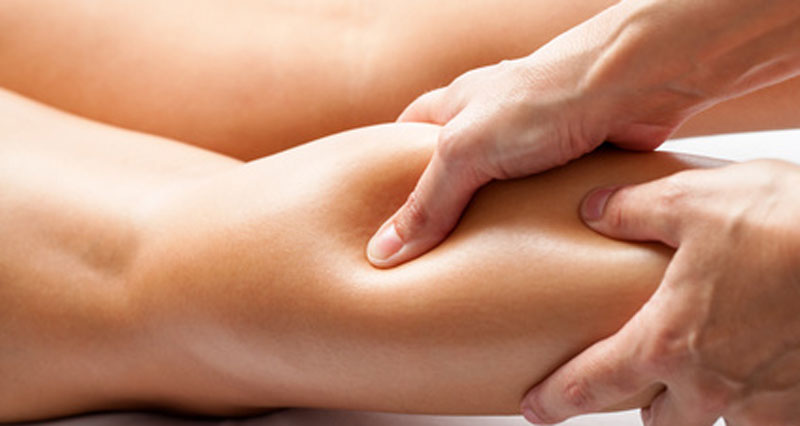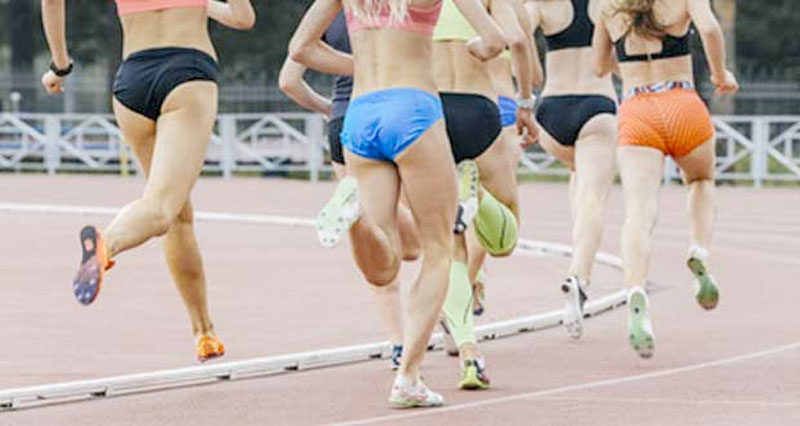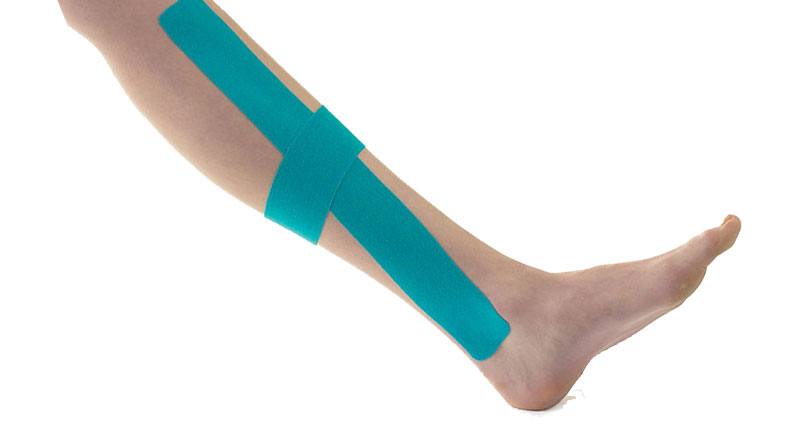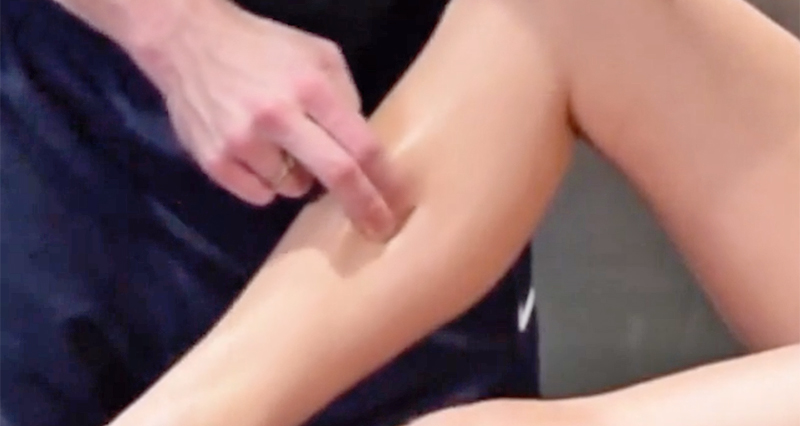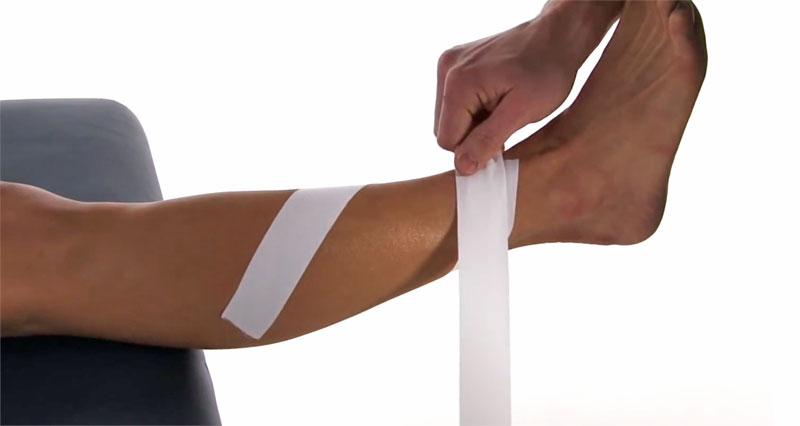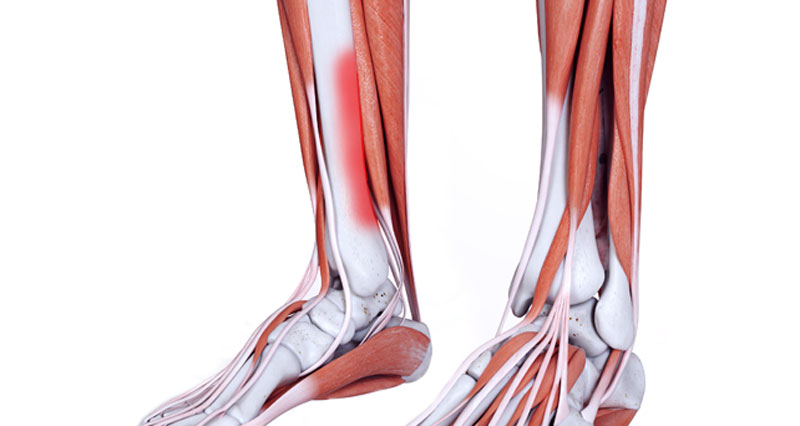Sports massage can help with the treatment and rehabilitation of shin splints type pain. Here we demonstrate simple techniques a professional therapist might use as well as self-massage techniques.
Massage contraindications
Before beginning, and massage treatment it is important to check for contraindications. A contraindication is something that means massage might not be not suitable, or may even be harmful.
Most relevant to shin pain include:
Periostitis – this is inflammation of the sheath surrounding the bone. It is important to stay away from the bone when performing shin splints massage.
Muscle strains – massaging a recent muscle strain or tear will increase bleeding and make it worse.
Thrombosis – or DVT is a blood clot common in the calf muscles. If you suspect a DVT then seek medical advice immediately. Massage can cause very serious injury or worse!
- View all Contraindications
Self-help massage techniques
Sports massage & myofascial release may be beneficial after the first 3 days or so. Massage will reduce tension in the muscles which may be causing excessive traction forces on the bone, as well as increasing blood flow and therefore, aiding the healing process.
Techniques should initially be light, being careful to avoid the inflamed periosteum along the bone as this can make symptoms worse.
Calf massage for shin splints
Deep tissue massage techniques to the muscles at the back of the lower leg can help treat and prevent shin splints type pain.
Time needed: 30 minutes.
How to massage calf muscles
- Check for contraindications
Always check for contraindications, especially Deep vein thrombosis to ensure it is safe to perform sports massage.
- Positioning
Position the patient on a firm base, preferably a massage table. Lie face down with the feet relaxed, either by supporting them with a rolled towel, or allowing the feet to hang over the end of the massage table.
- Light effleurage
Begin with ‘effleurage’ techniques. These are light stroking techniques that begin to warm up the tissues ready for deeper techniques.
- Deep effleurage
As above, but gradually working deeper into the tissues. Do not go so deep that the patient tightens up with pain as the benefits will be lost.
- Petrissage
These are a variety of kneading-type techniques. Work as deep as is comfortable. Over time, as the injury improves massage pressure can be increased. Alternate petrissage techniques with effleurage.
- Tapotement
These are optional percussion-type techniques. Some therapists may choose to use them, but probably only in the later stages of recovery.
- Finishing
Return to light effleurage techniques to complete the massage.
